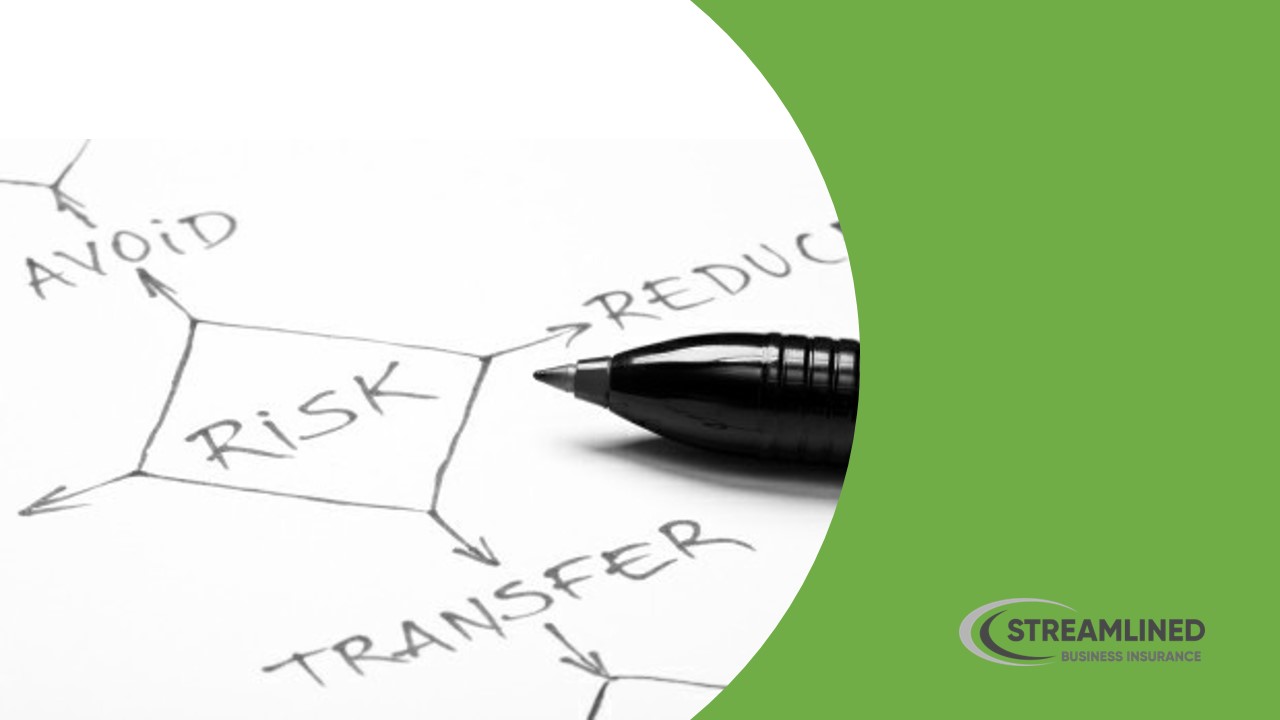Paying for insurance (when you haven’t used it recently) can be a real bummer. You might even feel like you’re paying for nothing—but don’t get tricked into believing that. Insurance is a critical component to protect your business from financial loss (not if but) when a covered cause of loss happens.
Think of insurance like a life jacket. It feels uncomfortable when you don’t need it, but when you do need it, you’re freakin’ grateful to have it. It’s all about transferring the risk. Without insurance, you could be one lawsuit, bodily injury, property damage, wrongful eviction, and personal or advertising injury claim away from having a huge money mess on your hands. General liability insurance pays for the defense costs, court costs, settlements, and damages owed due to third-party claims up to the limit of insurance. Is your businesses general liability insurance limit adequate to cover all these costs?
An Excess Liability Insurance Policy is an affordable way to add an extra layer of protection for your business when you need coverage that goes above and beyond your policy limits, and is designed to protect your business from sizeable judgements and costs incurred while defending lawsuits.
Excess Liability Coverage Example
Let's say someone slips and falls on your property and you have an underlying general liability policy with a $1 million limit per occurrence. An excess liability policy would provide a greater limit on this original policy, increasing your limit to, say, $2 million. Then, if your business was fighting a claim and had to pay a settlement of $1.5 million, your excess liability coverage would kick in to cover the $500,000 that exceeds your original policy limit of $1 million.
Florida Claim Settlements
$900,000 settlement to a woman who slipped and fell as she was entering a Walmart bathroom.
$850,000 settlement for a 49-year-old who was injured when she sat on a fitting room bench at a department store. The bench collapsed, and Plaintiff fell to the ground.
$689,000 slip and fall settlement in 2020 for a Florida accident victim who sustained a back injury when they slipped and fell.
$650,000 settlement for a plaintiff who tripped over cables and fell headfirst into a concrete barrier.
$78,000 settlement for a Colombian lady who was visiting her condominium that she owned in Sunny Isles. She mis stepped, and fell down the stairs in the parking garage. She was diagnosed with a nose fracture.
$64,900 Settlement at mediation for Fall After Stepping in a Hole in the Grass.
What does Excess Liability insurance cover?
Since commercial excess liability insurance sits on top of an existing policy, much of what is covered depends on the original policy. Excess liability coverage can increase the dollar limits on primary insurance policies, including:
- General liability insurance: Covers bodily and personal injury, property damage, and the legal costs associated with fighting these claims.
- Commercial auto insurance: Covers bodily injury or property damage claims (and associated legal fees) that occur from driving a company vehicle or driving a personal vehicle for business purposes.
- Employers Liability insurance: This liability policy covers your business if you’re sued by an employee for injury or illness not included in workers' compensation.
What is not covered by an Excess Liability insurance policy?
- Additional coverage: Anything that isn’t covered by your primary insurance policy is not covered by any excess liability policy.
- Multiple policies: Excess liability coverage can only apply to one policy. If you add excess liability to your general liability insurance policy, it can only increase your limit on that specific policy. If you need additional funds on top of your commercial auto insurance policy, the excess liability coverage associated with your general liability policy would not apply.
What are “Aggregate Limits” and “Per Occurrence Limits” in a General Liability policy?
- Per-occurrence limit is the amount the policy will pay for any one incident or claim.
- Aggregate limit is the amount the policy will pay over the policy’s durations.
For example, let’s say your business’ general liability policy that has a per-occurrence limit of $500,000 and an aggregate limit of $1 million. Let’s say you have three separate claims over the policy period. The first claim is for $300,000, the second $700,000, and the third was for $400,000.
1. The first claim would probably be fully covered since it’s less than the per-occurrence limit. After this claim your business would have used $300,000 of the $1 million aggregate.
2. The second claim would probably be covered for $500,000, which is the per-occurrence limit. Your business would be responsible for the $200,000 that exceeds the limit. After this claim your business would have used $800,000 of the $1 million aggregate limit.
3. The third claim would probably be covered for $200,000 because there’s only $200,000 left before the aggregate limit is reached. Your business would probably be responsible for the remaining $200,000.
In the absence of an Excess Liability policy, this scenario would leave your business on the hook for $400,000 (not including a deductible if applicable).
Protect yourself from situations like these with a commercial Excess Liability policy.
Experts recommend coverage equal to the value of your assets without regard for your debts. This helps protect your business from financially devastating claims and possible bankruptcy.
For more information and to discuss your options contact the commercial insurance Experts at Streamlined Business Insurance. We look forward to helping you!

Sources:
justinziegler.net, forthepeople.com, theinjurylawyer.com, law.com
Contact Us 844-2GET-INS